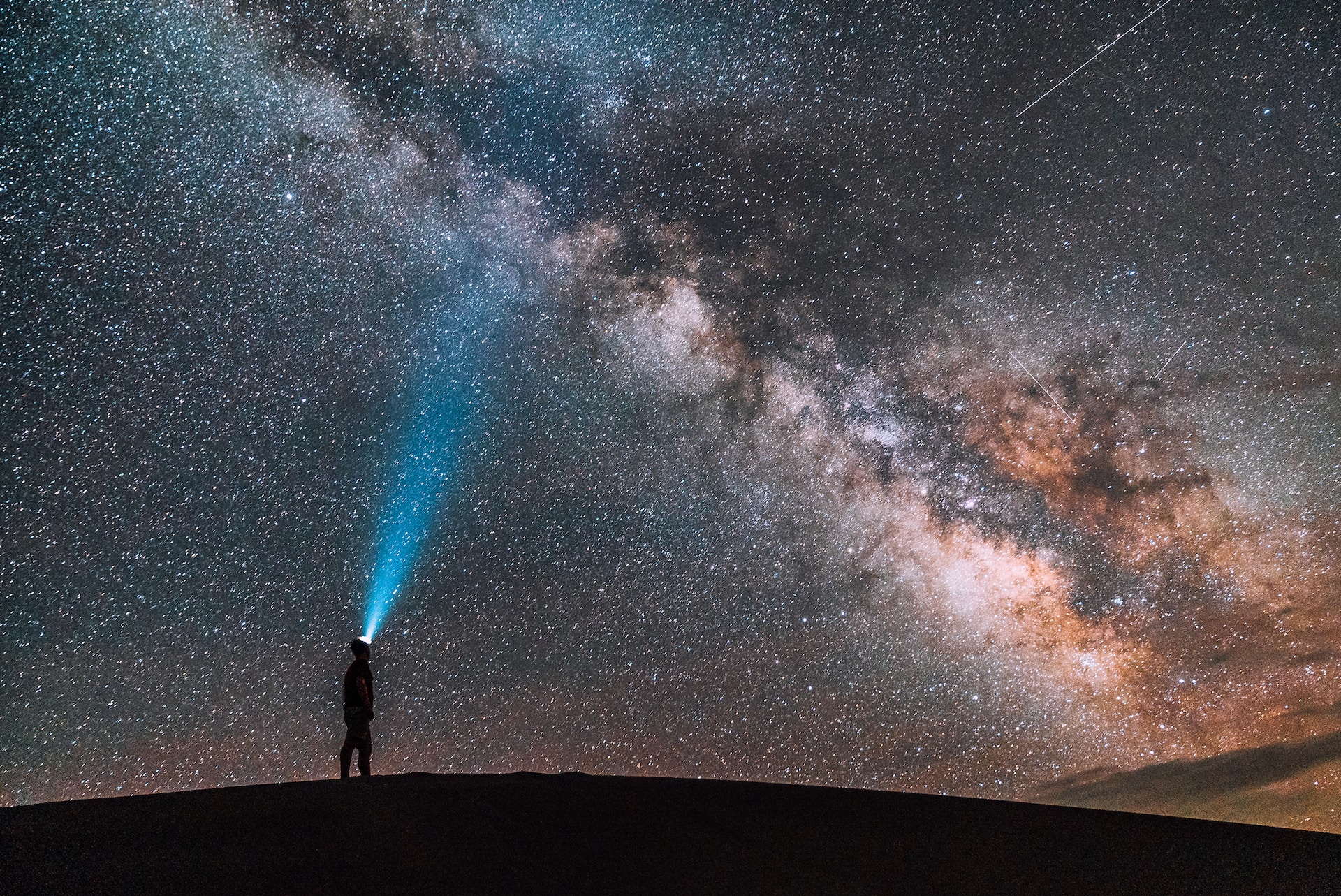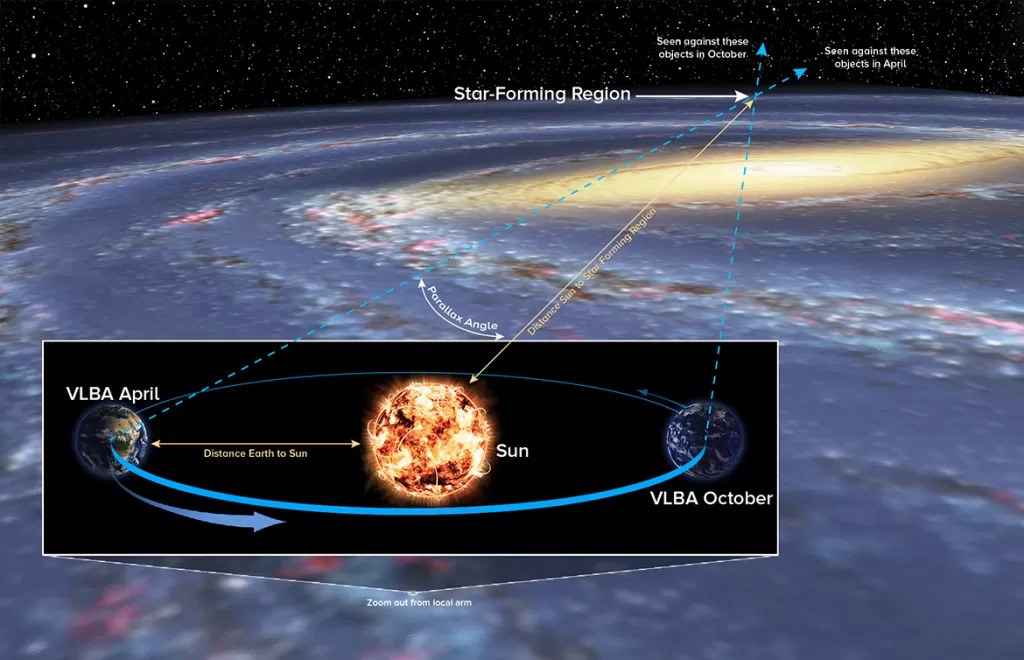A new discovery may finally establish the exact shape of the Milky Way. It lies in the fact that scientists have managed to more accurately measure the distance to a group of stars on the opposite side of the Galaxy, which we call home. Thanks to this, astronomers have already begun to make a real map of it.

The team used a group of 10 Very Long Baseline Array (VLBA) telescopes located across North America to measure the distance to a remote star formation region called G007.47+00.05. It was measured in the Scutum Centaurus Arm of our galaxy. This discovery also proves that this arm really exists.
The measurement was carried out by a technique called parallax. It allowed scientists to measure the distance to the stars, noting the change in angle to a distant region when the Earth was on opposite sides of the Sun. The smaller the angle, the greater the distance. But it is difficult to see the opposite side of the galaxy because of the interstellar dust blocking optical light. However, in this study, scientists were able to trace the movements of methanol and water molecules in a remote region of star formation. Already from these results, it turns out that the arm in which this region of star formation is located is not completely flat, but tilts up and down.

“This measurement corresponds to being able to measure a baseball on the lunar surface. We are essentially measuring the distance to an object which is located on the other side of the galaxy with respect to the Sun,” explained lead author of the study Alberto Sanna from the Max Planck Institute for Radio Astronomy in Germany.
Despite the fact that VLBA has existed for several decades, only now the parallax technique has been improved to make this measurement possible. As a result of more accurate calculations, it was possible to determine the distance of 66 thousand light-years. The previous record using parallax was a relatively meager 36 thousand light-years.
The discovery was made as part of a more extensive study called BASSAL. The main purpose of this is to measure distances to star-forming regions throughout the Milky Way, and the ultimate goal is to reconstruct the appearance of our galaxy in at least 10 years. The team hopes to determine the distances to other parts of the galaxy, about a quarter of which has remained unexplored.
Earlier we reported on how light pollution deprived people of the opportunity to observe the stars.
According to Vaytienso
Follow us on Twitter to get the most interesting space news in time
https://twitter.com/ust_magazine
